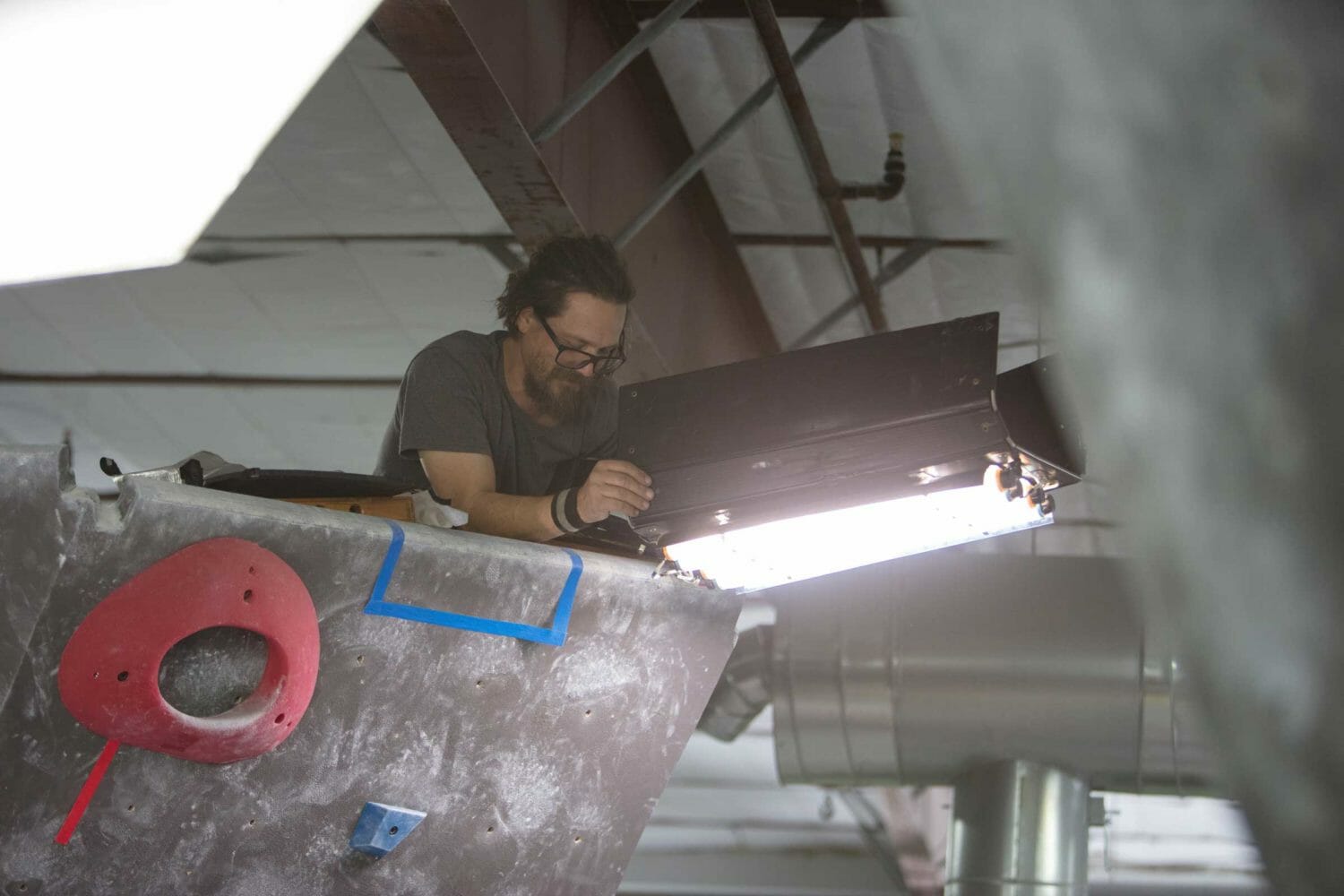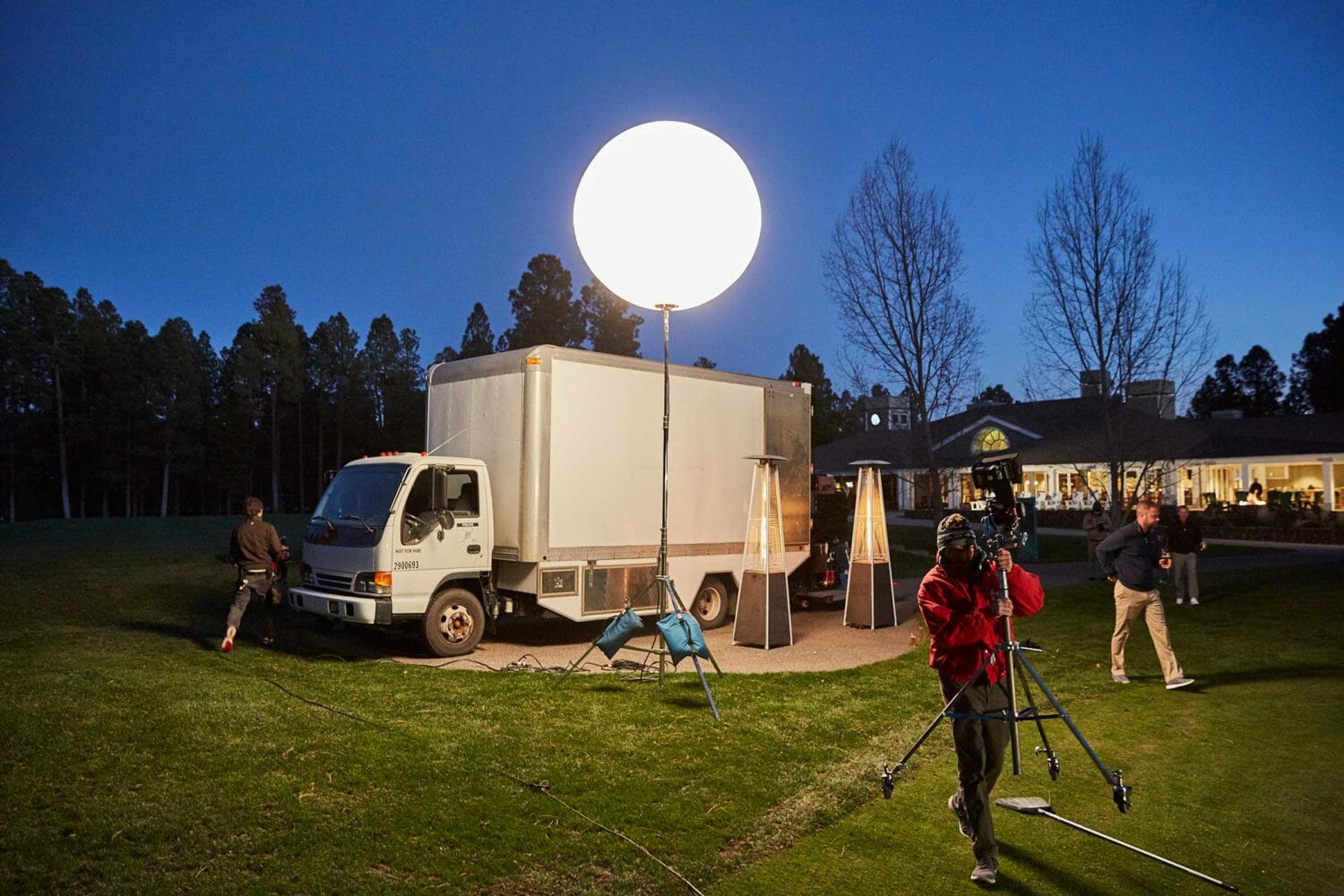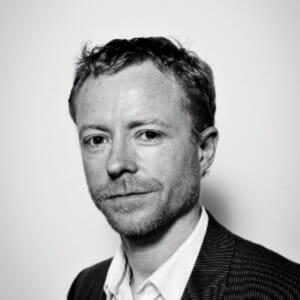Shaping A Scene With Light: A Cinematography Cheatsheet
The core principles of cinematography are laid down in Genesis. ‘Let there be light,’ and there was light. And God saw that the light was good, and he separated the light from the darkness….’
Cinematographers are gods. After all, what is photography of still or moving images if not the process of recording light? The same could be argued of all visual art from cave painting to the graphic novel but lighting, more than almost anything else, establishes the feel of a scene. Without it, film has no shape, no mood, no atmosphere, and no dimension. Lighting is intrinsic to a scene.
But it doesn’t get there by accident. If the craft of cinematography is to paint with light then it’s done using natural and artificial sources and a set of conventions which, once understood, are there to be broken.
The following is a quick primer on the most common conventions used to shape a scene with light.
Practicals
Practical lights are basically any light where the source is in frame. Typical examples are lamps, fluorescent ceiling tubes, TVs, tungsten street illuminations, car headlamps, neon signs. Using them is not only a far cheaper alternative to dedicated gear like HMIs but it enhances the realism of a scene and permits greater freedom of movement for actors and cinematographer (fewer cables and external lights to mask). If you’re Stanley Kubrick and your goal is to evoke the painterly scenes of the 18th Century you’ll try to light entire scenes just with candles. That may be more possible with the high sensitivity of digital but few of us are Kubrick (or his DP John Alcott).
On the plus side, practicals may already exist at your location and you can always dress the set with additional working sources. You may want to swap out the bulbs for stronger or softer illumination. One practical overhead may be enough to set a dramatic or menacing tone.
Beware that they won’t give you the full range of illumination and it can be the devil’s own job to match color temperatures.
Among the best advice https://www.premiumbeat.com/blog/practical-lighting-in-film-scenes/ is work with shadows, don’t try to light the entire scene, and don’t turn on the room’s main lights. You want to remove as much light as possible instead of adding to it.
Three-Point lighting
The standard lighting set up consists of Key light, Back light, and Fill light. Lighting from three directions shapes your subject and sets it apart from their background while giving you control over shadows.
In a bit more detail:
Key light
This will be your primary and most direct light source, the principal light on the subject or actor. The ‘key’ advice is avoid placing your key light near the camera at risk of your picture becoming flat and featureless.
Fill light
Simply fills in the shadows created by the key light. It is usually placed on the opposite side of the key light but a reflector positioned to bounce the key onto the subject can do the job just as well. It’s likely the fill will be less intense than the key, which is one way of ensuring it doesn’t create its own shadows.
Back light
For illuminating your subject from behind. Often, the back light shoots down from a higher angle. That could mean the sun, and it often does, but this risks under exposing your actor’s face unless you bounce some of the light back using fill from a reflector board. If you want a silhouette, then expose for the backlight and take away your key and fill. Backlights are often used to add dimensionality to a scene, by helping separate the actor from the background.

Side light
Easy enough: A light that enters the frame from the side. Low-key sidelights and high contrasts combine to create ‘chiaroscuro’ a lighting style popularised in the classic black and white film noir of the 1940s and reprised by cinematographers like Gordon Willis whose moody side-lit work on The Godfather won an Academy Award.
Bounce
A light that has been deliberately reflected and its use is boundless. You could use a wall or any reflective material as well as specialist gear like sheets of poly board or silks to create a key, fill, top, side or backlight. Simply bouncing sunlight indirectly into the frame is one way of adding light but angled the right way light sources can be diffused to create a softer illumination on your scene.

Natural light
Also called available lighting and which is also broadly part of practical lighting, natural light commonly refers to daylight. It’s going to be free (!) but common sense dictates that if you’re going to get the best out of exteriors then a location recce will shed some light, if you will, on your craft decisions.
Roger Deakins, ASC BSC won his second Oscar for 1917, a film largely shot outdoors over multiple locations in the notoriously unreliable climate of Great Britain. The film credits a chief meteorologist to help Deakins work out the best time of day to shoot bearing in mind the angle of light hitting the film’s war trenches had to match sequence to sequence. https://www.ibc.org/create-and-produce/behind-the-scenes-1917/5297.article
Natural film lighting doesn’t just mean shooting with the sun as you find it, of course. Bounce, block or diffuse it by all means to arrive at your choice. Many cinematographers (and photographers) relish Magic Hour, the moments at dawn or dusk when the light is at its most golden.
Given the finite time for retakes shooting a whole film this way is a luxury few filmmakers can afford. Michael Bay is one of them. DP Bojan Bazelli, ASC shot 6 Underground entirely at sunset using up to a dozen cameras running simultaneously. ‘It meant wringing as many angles out of each set-up as possible. You have to get so much footage in a really compressed time with so much logistics to take care of,’ he said. https://www.ibc.org/create-and-produce/behind-the-scenes-6-underground/5258.article
Motivated Light
You will always want to know where the light is going to come but for narrative projects you may want to enhance the natural or practical sources by substituting one of your own. The idea is for the light to appear unobtrusively as a natural part of the scene.
Alfred Hitchcock deliberately overplayed this in the psychological thriller Suspicion when he hid a white bulb in a glass of milk to draw attention to the potentially poisonous drink. You may not want to go as far as that, but consider a scene set at night lit only by characters holding torches (flame or electric) or by moonlight. Sets can be dressed, LED fixtures carried and concealed to deliver on realism while effectively lighting the scene.



